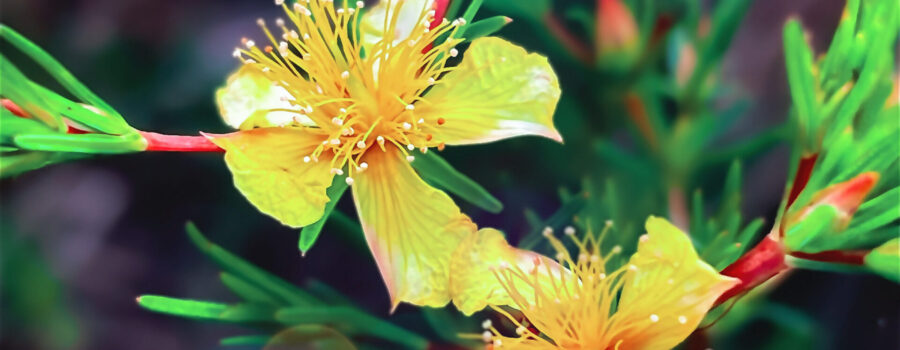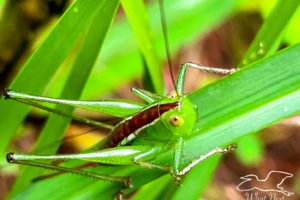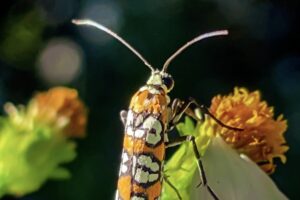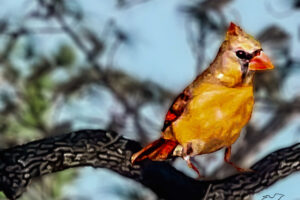Shrubby St. John’s Wort is a Hearty Native with Beautiful Flowers

It’s very late fall (actually technically just became winter) and even in Florida we don’t have a lot of flowers blooming anymore. Every once in awhile I still stumble on a few out there, though. Last week when I went to hike around Watermelon Pond, I found several bushes of these pretty shrubby St. John’s wort (Hypericum prolificum) that were still blossoming. There was one by the fence around my friend’s house and also a couple in the woods near the house. All of those fluffy stamens really drew me in and between them and the bright yellow color, I had to get some photos.

Shrubby St. John’s wort is native to the eastern United States and Ontario, Canada. As well as being a native, it’s also sold in many nurseries since it’s often used in gardens and as hedges. As you can see, even when not in bloom it has attractive oval shaped green leaves and reddish stems that keep it looking sharp all year round. It begins to bloom in the early summer and continues into the late fall, although these blossoms were unusually late. Another reason that gardeners and landscapers like shrubby St. John’s wort is that it’s easy to grow. It likes full sun to partial shade in somewhat moist soil. Other than that it isn’t picky. It can grow in almost any pH, in sand, gravel, on rocks, or in abandoned farm fields or roadsides. It can even withstand flooding and some drought once it’s established. It gets almost no diseases and except for a few types of caterpillars like those of the grey hairstreak, nothing eats it. It sounds like something that I might actually be able to grow, and I’m definitely no green thumb!

The main pollinators for these flowers are honeybees and native bees that collect pollen to take back to their hives. Occasionally, you will see butterflies or wasps landing on the flowers, but they don’t tend to stay long because these flowers don’t produce much nectar. For the bees, though, all of those stamens provide lots and lots of pollen and loads of nourishment for the developing larval bees back in the hive. My friends do keep bees, but on this particular afternoon none seemed to be out and about near the St. John’s wort. I’m sure that their bees do take full advantage of these lovely flowers often, though.





Recent Comments